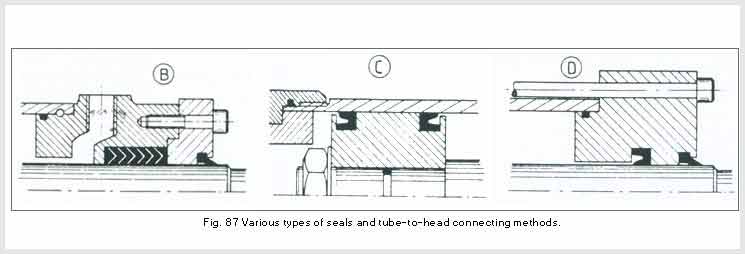|
Our Product Range
|
 |
 |
Home »
Info
Center » Seals in Linear Actuators
Seals in Linear Actuators
Static Seals that have been grouped into
static and dynamic applications. Static seals are fitted between two rigidly
connected components. The seals between the piston rod and the piston,
preventing external leakage past the joint where the tube is mounted onto
the cap.
The requirement for seal in line actuator may vary depending upon the
nature of hydraulic fluid. Some of the common types of seals are as follows:
Dynamic Seals
Dynamic Seals prevent leakage between
components which move adjacent to each other. Therefore, such seals are
subject to wear, whereas static seals are wear free. The seals between the
moving piston and the stationary actuator tube are generally dynamic seals.
The seals which stop hydraulic fluid from escaping past the clearance gap
between the moving piston rod and the end cap are also dynamic. The
rod-wiper ring, which prevents contaminants from being drawn into the
actuator when the rod retracts are also considered as a dynamic seal.
O-Ring Type Seals
Another type of seals, the O-ring type
seals are generally used as static seals. They may range from simple Chevron
type compression packings to complex moulded cup or lip seals. Chevron seals
are less suitable for smooth piston movement at low pressures and speed, but
are an excellent seal for high system pressure and high stroking speeds.
Lip-ring seals provide good sealing even under stationary piston
conditions. Lip-ring and glide-ring seals are used for applications where
exceptionally low friction is required. For glide-ring seal applications,
the piston is fitted with guide rings.




